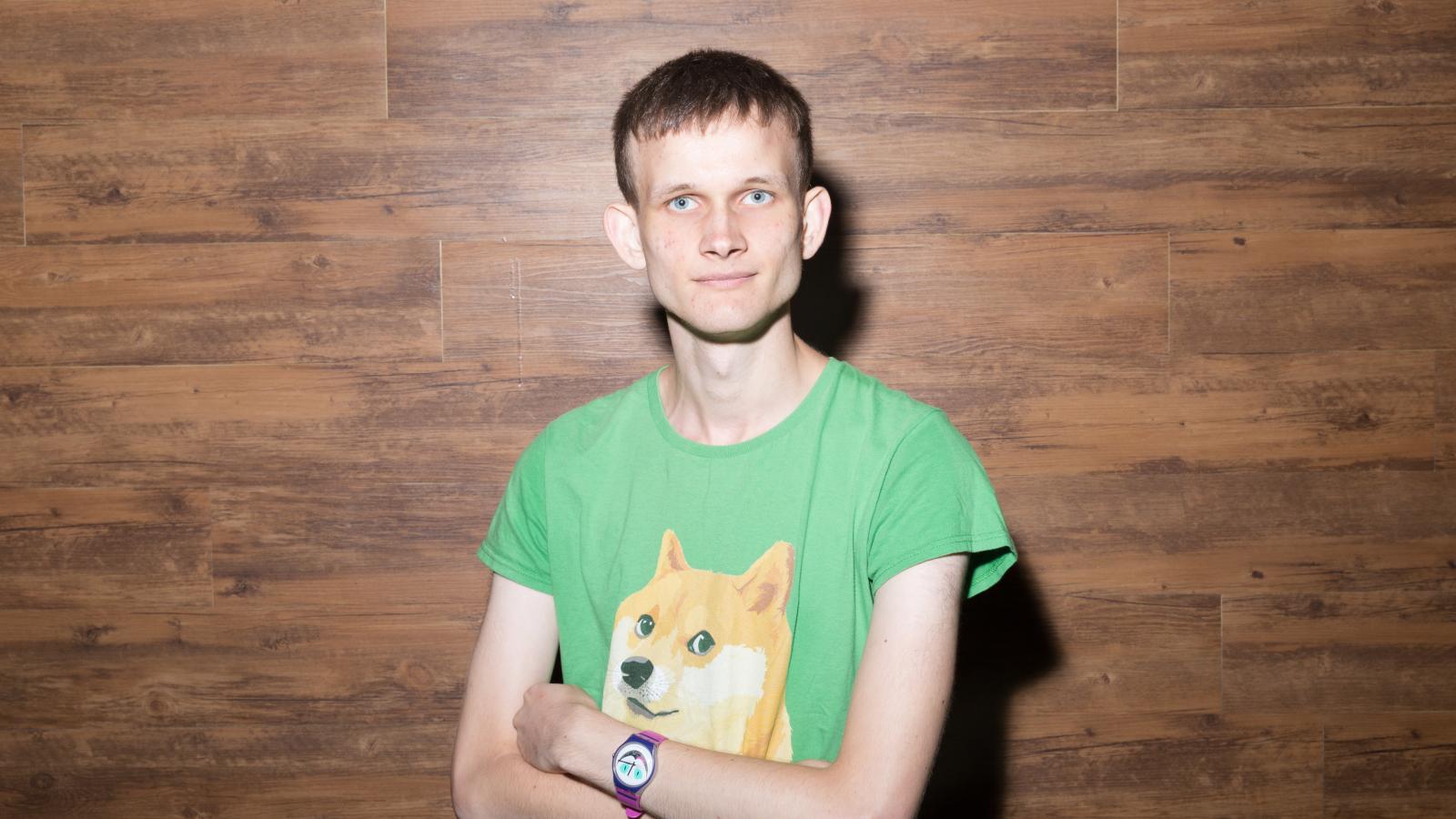Vitalik Buterin Unveils “Verge” as a New Phase in Ethereum’s Development
23.10.2024 22:00 1 min. read Alexander Zdravkov
Vitalik Buterin, co-founder of Ethereum, has shifted his focus from "Merge" and "Surge" to a new initiative called "Verge," aimed at enhancing the network's accessibility and security.
In a recent post, he outlined his vision for an Ethereum Testnet Network (ETN) that encourages broader participation in node inspection.
The core objective of “Verge” is to democratize the process of node management, making it easier for individuals to contribute to Ethereum’s security. Currently, operating a node typically requires high-end hardware, posing a barrier to entry.
Although Buterin noted that running a node on a standard laptop is theoretically feasible, it remains challenging. To tackle this issue, Ethereum plans to implement “Verkle Trees,” which enable more efficient block authentication through compact proofs.
This advancement allows validators to manage nodes without needing specific balance thresholds, with only a slight increase in verification time. Buterin envisions a future where mobile devices can also participate in node operations.
The overarching aim of “Verge” is to facilitate stateless validation, significantly cutting storage requirements while utilizing technologies like SNARK to promote long-term scalability. As Ethereum serves as a foundational protocol for various second-layer solutions, Buterin seeks to establish a standard that enhances ETH-dependent protocols. By encouraging greater involvement and decentralization, “Verge” aims to set a precedent for leadership within the altcoin ecosystem.
-
1
Malaysia Opens the Door to Blockchain Experimentation With Launch of Innovation Hub
18.06.2025 22:00 2 min. read -
2
JPMorgan Lays Groundwork for Tokenized Finance with New Blockchain Trademark
17.06.2025 12:00 1 min. read -
3
The Bitcoin-Cardano Bridge is Here: What it Means for DeFi
10.06.2025 21:00 1 min. read -
4
Chainlink Edges Closer to Wall Street Integration, Says Co-Founder
12.06.2025 9:00 1 min. read -
5
Polygon Breaks from Decentralization as Sandeep Nailwal Assumes Full Control
11.06.2025 20:00 2 min. read
Canton Network Developer Secures $135M to Expand Institutional Blockchain Use
Digital Asset has locked in $135 million in fresh capital to scale up its institutional blockchain platform, Canton Network.
Developers Flock to Solana Projects as Ecosystem Activity Rises
Developer engagement across the Solana ecosystem has remained high over the past month, with core protocol development and infrastructure projects dominating GitHub activity, according to new data from crypto analytics firm Santiment.
Cardano Leads Developer Activity, Ethereum Maintains Ecosystem Dominance
Development trends across major blockchain networks show Cardano pulling ahead in core contributions, while Ethereum continues to dominate the broader ecosystem despite a drop in participation.
Kraken’s Ink Chain Ramps Up Usage as Token Launch Approaches
Ink, the Layer-2 network incubated by Kraken and built on Optimism’s Superchain framework, is suddenly buzzing with on-chain activity.
-
1
Malaysia Opens the Door to Blockchain Experimentation With Launch of Innovation Hub
18.06.2025 22:00 2 min. read -
2
JPMorgan Lays Groundwork for Tokenized Finance with New Blockchain Trademark
17.06.2025 12:00 1 min. read -
3
The Bitcoin-Cardano Bridge is Here: What it Means for DeFi
10.06.2025 21:00 1 min. read -
4
Chainlink Edges Closer to Wall Street Integration, Says Co-Founder
12.06.2025 9:00 1 min. read -
5
Polygon Breaks from Decentralization as Sandeep Nailwal Assumes Full Control
11.06.2025 20:00 2 min. read


